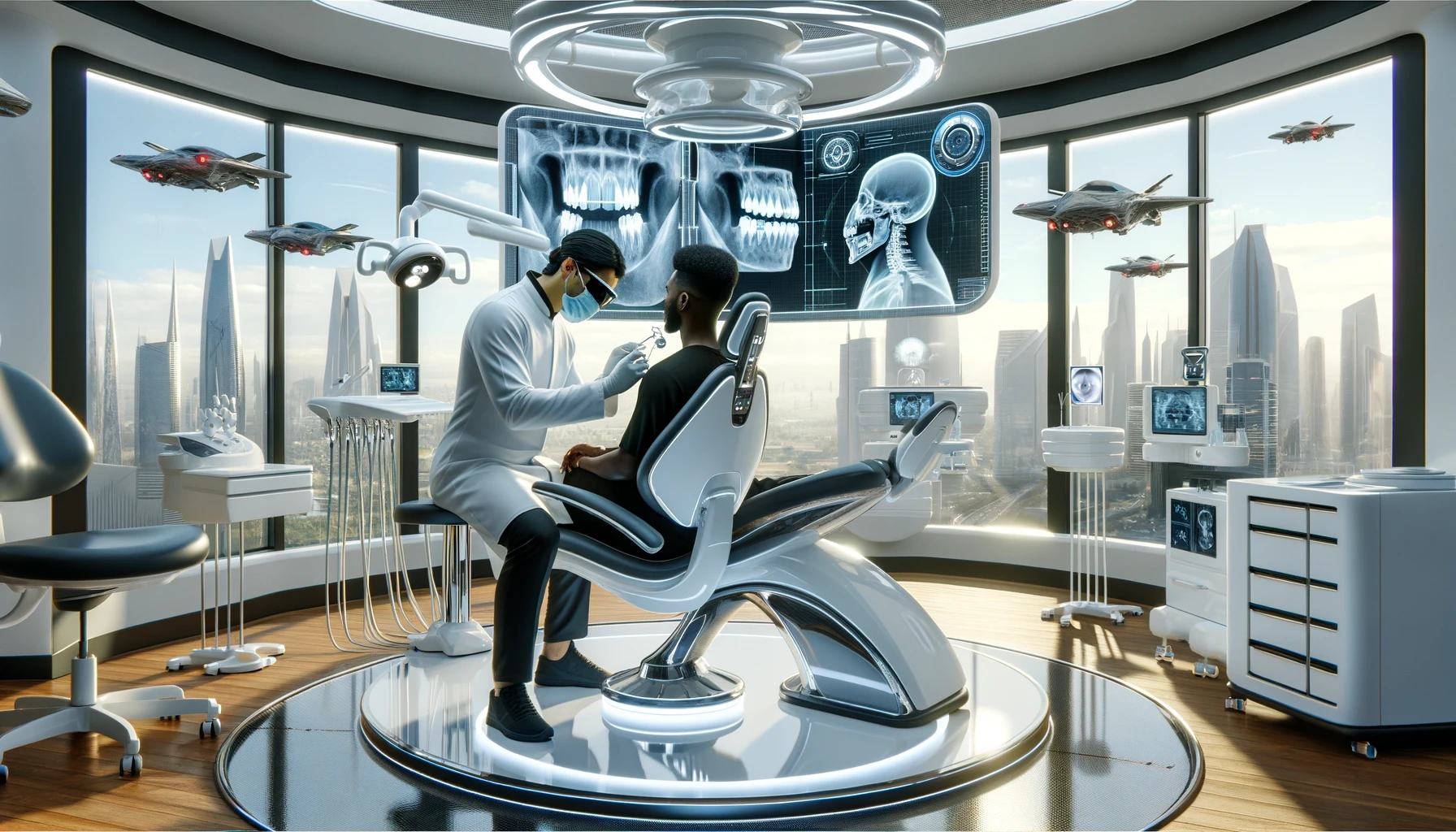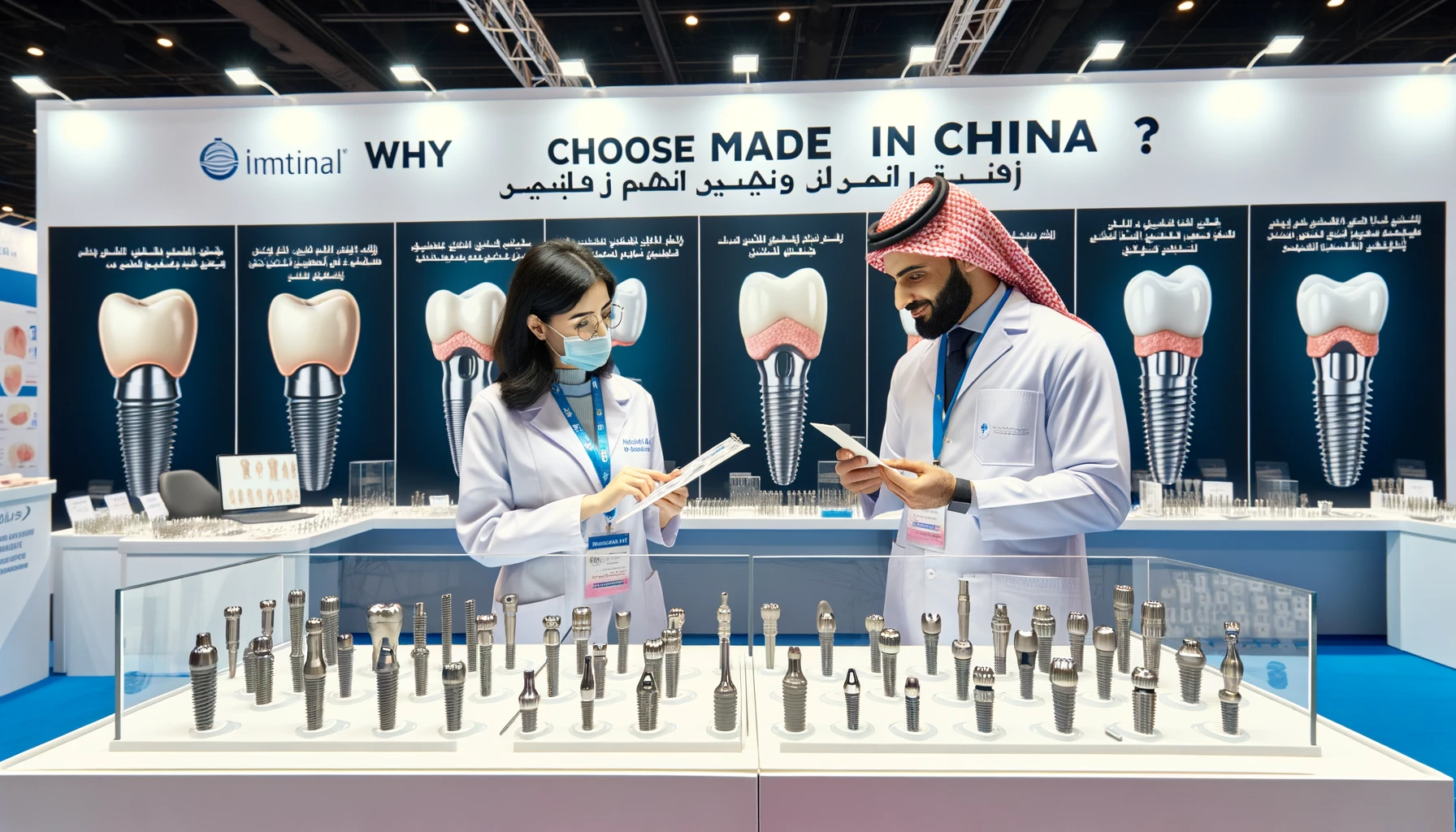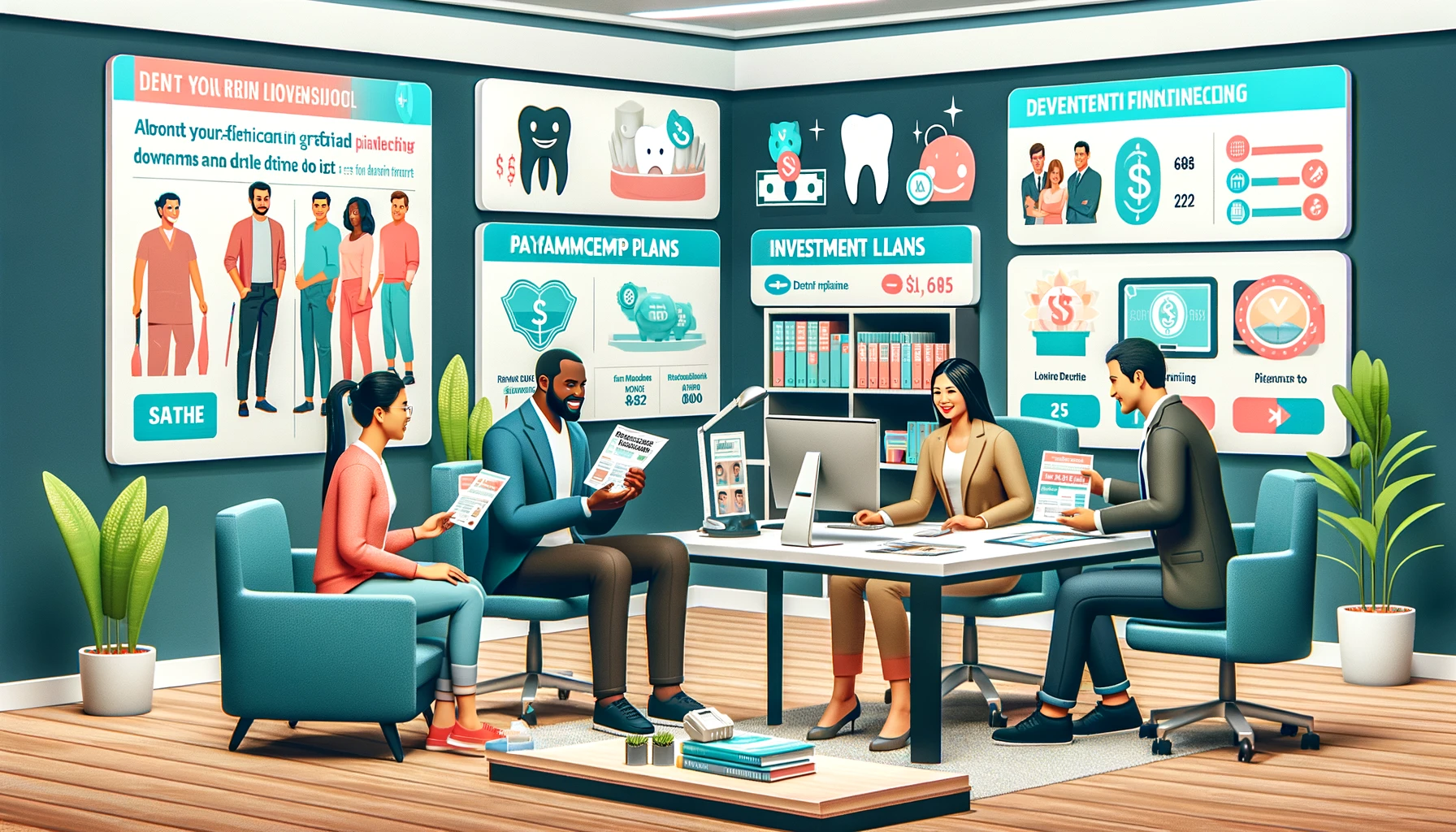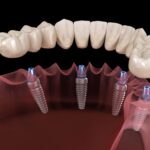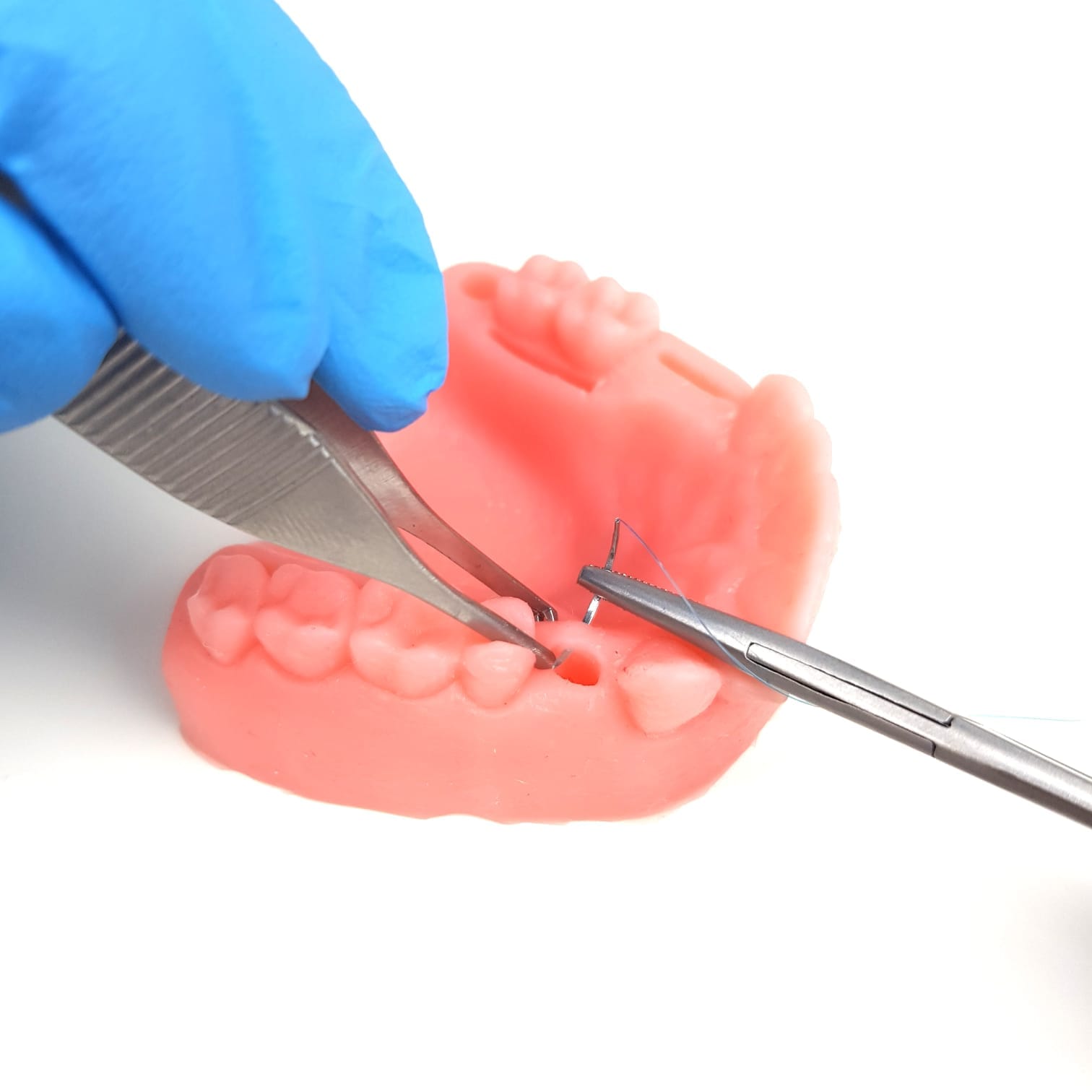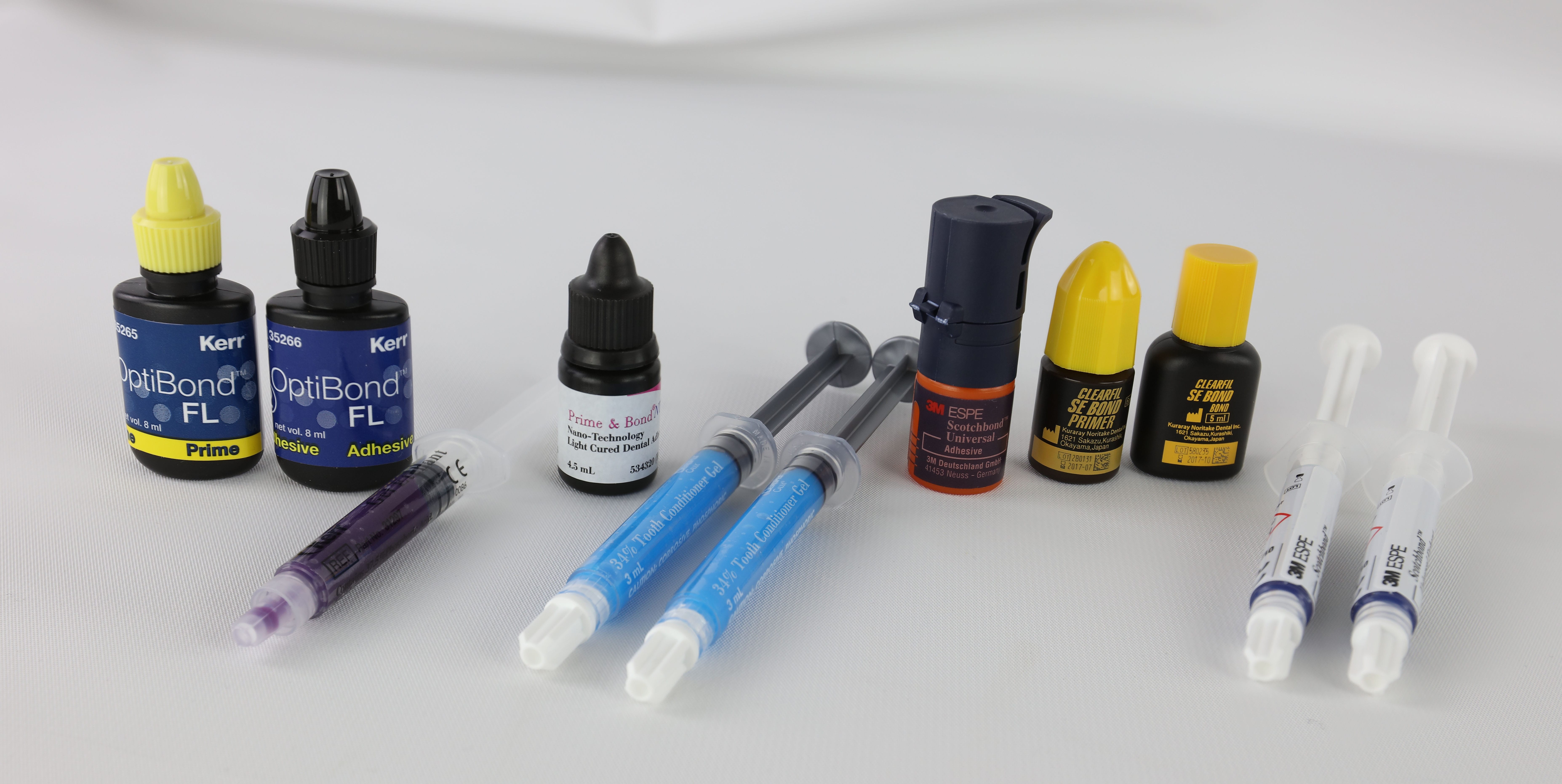The field of dentistry is undergoing a remarkable transformation, driven by cutting-edge technologies and innovative materials that are revolutionizing oral healthcare. From regenerative therapies to artificial intelligence, the next generation of dental innovations promises to enhance patient care, improve treatment outcomes, and reshape the future of dental practices. This article explores the latest advancements in dental materials and technologies that are set to define the future of dentistry.
Regenerative Dentistry: Harnessing the Power of Stem Cells
One of the most exciting frontiers in dental innovation lies in regenerative therapies and stem cell research. As our understanding of the human body’s innate healing capabilities deepens, scientists and dental professionals are exploring innovative ways to harness stem cells to regenerate and repair damaged or missing dental tissues.
Sources of Dental Stem Cells
Researchers have identified various sources of dental stem cells, each with unique regenerative potential:
- Dental Pulp Stem Cells (DPSCs): Extracted from the dental pulp of permanent teeth, DPSCs can differentiate into odontoblasts, osteoblasts, and even neurons.
- Stem Cells from Human Exfoliated Deciduous Teeth (SHED): Derived from baby teeth, SHED cells exhibit a higher proliferation rate compared to DPSCs.
- Periodontal Ligament Stem Cells (PDLSCs): Obtained from the periodontal ligament, PDLSCs show promise in regenerating periodontal tissues.
- Stem Cells from the Apical Papilla (SCAPs): Located in the apical region of the tooth root, SCAPs can differentiate into odontoblasts, osteoblasts, and neural cells.
- Dental Follicle Stem Cells (DFSCs): Derived from the dental follicle, DFSCs can form cementum, periodontal ligament, and alveolar bone.
Applications in Regenerative Dentistry
The identification and isolation of these dental stem cell populations have paved the way for groundbreaking research in regenerative dentistry. Scientists are exploring various techniques such as:
- Tissue Engineering: Using biomaterials or scaffolds seeded with dental stem cells to create new tissues.
- Cell-Based Therapies: Utilizing stem cells for direct regeneration of dental tissues.
- Growth Factors: Applying signaling molecules to guide and enhance the regenerative process.
While still in its early stages, regenerative dentistry holds immense promise for the future. Imagine a world where lost teeth can be regrown using a patient’s own stem cells, eliminating the need for traditional dental implants or dentures.
Digital Dentistry: 3D Printing and AI-Powered Solutions
The integration of digital technologies is reshaping how dentists diagnose, treat, and communicate with patients. Two game-changing innovations at the forefront of this digital revolution are 3D printing and artificial intelligence (AI).
3D Printing: Precision and Efficiency
3D printing has revolutionized dentistry by enabling the creation of highly accurate and customized dental restorations, appliances, and surgical guides. Key advantages include:
- Precise Digital Impressions: Eliminating traditional impression materials reduces patient discomfort.
- Customization: Tailoring restorations to individual patient needs enhances treatment outcomes.
- Integration with VR/AR: Utilizing virtual reality (VR) and augmented reality (AR) for treatment visualization improves patient understanding.
Artificial Intelligence: Enhancing Diagnostics and Treatment Planning
AI-powered algorithms enhance diagnostic accuracy, streamline clinical workflows, and improve patient outcomes. Applications include:
- Radiographic Analysis: AI analyzes dental X-rays and CBCT scans for early detection of pathologies.
- Optimized Treatment Planning: Machine learning algorithms help create more effective treatment plans.
- AI-Assisted Surgical Planning: Tools that assist in complex procedures increase precision.
Advanced Materials: Nanotechnology and Biocompatibility
The development of advanced dental materials is driving innovation in restorative and preventive dentistry:
- Nanomaterials: These materials exhibit superior properties such as increased strength, enhanced antibacterial effects, and improved aesthetics in fillings and restorations.
- Biocompatible Coatings: These coatings promote faster osseointegration in dental implants, enhancing stability and durability.
Patient-Centric Innovations: Comfort and Accessibility
Dental innovations also focus on enhancing patient comfort and accessibility:
- Advanced Pain Management Techniques: Computerized anesthetic delivery systems provide precise control for minimal discomfort.
- Non-Invasive Pain Management: Techniques like low-level laser therapy (LLLT) and transcutaneous electrical nerve stimulation (TENS) offer alternatives to traditional pain relief methods.
- Teledentistry: Online portals facilitate appointment scheduling and provide educational resources. Virtual consultations allow for remote monitoring of treatments.
Sustainable Dentistry: Eco-Friendly Practices
The dental industry is increasingly embracing sustainable practices:
- Eco-Friendly Products: Adoption of biodegradable toothbrushes and sustainable floss reduces environmental impact.
- Conservation Measures: Implementing water and energy conservation initiatives in clinics promotes sustainability.
- Recycling Programs: Participation in recycling initiatives helps minimize waste.
The Future of Dental Education
Advancements in technology are transforming dental education:
- Immersive Learning Experiences: Integration of virtual reality (VR) and augmented reality (AR) enhances training for students.
- Realistic Simulations: Online platforms offer practical training modules that prepare future dentists for clinical challenges.
- Specialized Courses: Programs focusing on digital dentistry—including CAD/CAM technology—prepare professionals for modern practices.
Conclusion: A New Era of Oral Healthcare
The next generation of dental innovations is ushering in a new era characterized by precision, efficiency, and patient-centered care. From regenerative therapies harnessing stem cells to AI-powered diagnostics and sustainable practices, these advancements are reshaping modern dentistry.
As we look to the future, it’s clear that integrating these innovative materials and technologies will elevate oral healthcare standards. Dentists and patients alike can anticipate more personalized, efficient treatments that not only improve oral health but also contribute to overall well-being. The dental practice of tomorrow will harmoniously blend cutting-edge technology with compassionate care—where innovation meets expertise to deliver exceptional oral health outcomes. As these advancements continue to evolve, they promise to make dental care more accessible, comfortable, and tailored to individual needs—ultimately transforming our approach to oral health in the years to come.
What are the next generation of dental innovations?
The next generation of dental innovations includes advancements in materials used for dental procedures. This includes the use of bioactive glass in dental fillings, which has the potential to prolong the life of fillings, and the development of new, more durable materials for dental implants and crowns.
How are these new materials improving dental procedures?
These new materials are improving dental procedures by offering greater durability, improved aesthetics, and potential health benefits. For example, bioactive glass in dental fillings not only matches the color of natural teeth but also releases fluoride, calcium, and phosphate, which can help protect the tooth.
What is bioactive glass and how is it used in dentistry?
Bioactive glass is a type of glass that interacts with the body to stimulate healing. In dentistry, it’s used in dental fillings to release minerals that can help protect the tooth from decay. It’s also used in other dental products like toothpaste and sealants.
Are these new materials safe?
Yes, these new materials have been extensively tested for safety and efficacy. Bioactive glass, for example, has been used in medicine for decades and has a proven track record of safety. As with any dental material, your dentist will consider your individual health needs when recommending these products.
How can I find out if these new materials are right for me?
If you’re interested in these next-generation dental innovations, talk to your dentist. They can provide more information about these materials and help you decide if they’re a good fit for your dental needs.

